
News and Current Events
Stay up to date with the latest events, news and breakthroughs in vision care. Find out about eye health trends, new and exciting treatments and advancing technologies.
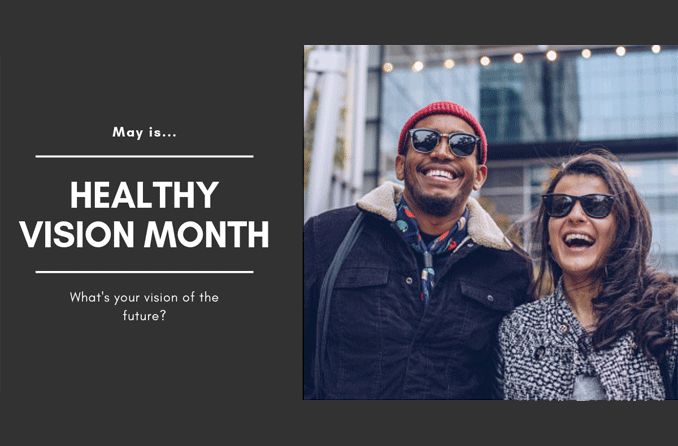
May is Healthy Vision Month! All About Vision is partnering with the National Eye Institute (NEI) to promote healthy vision. 5 Healthy Vision Tips for Young Adults
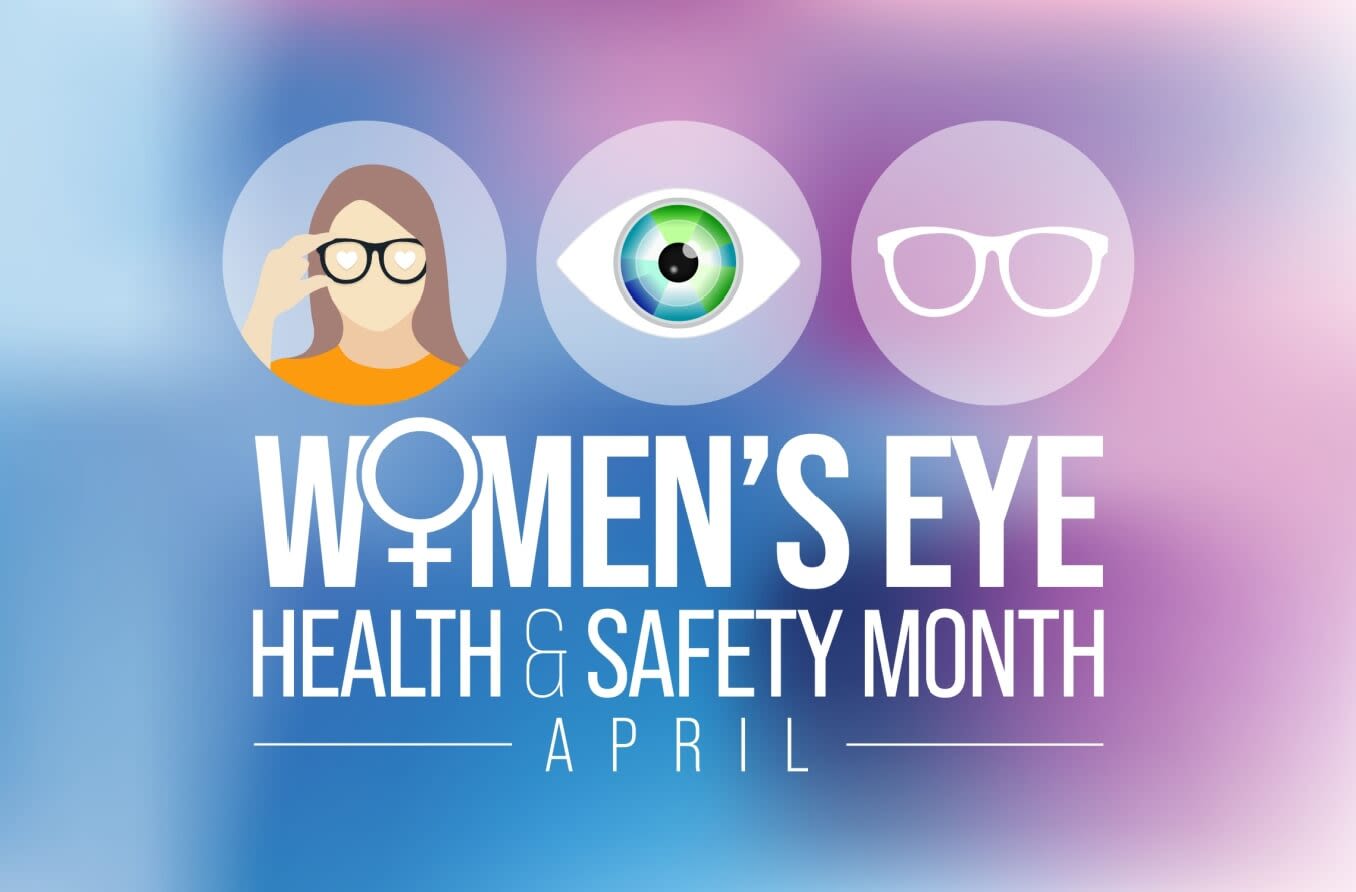
Women’s Eye Health and Safety Month encourages women to learn about their eye health and how they can prevent vision loss.

Learn how wearable tech can monitor your eye health, and find out how new advances could help improve your vision care and diagnose problems early.

Discover how DNA testing is changing the game for inherited eye diseases.
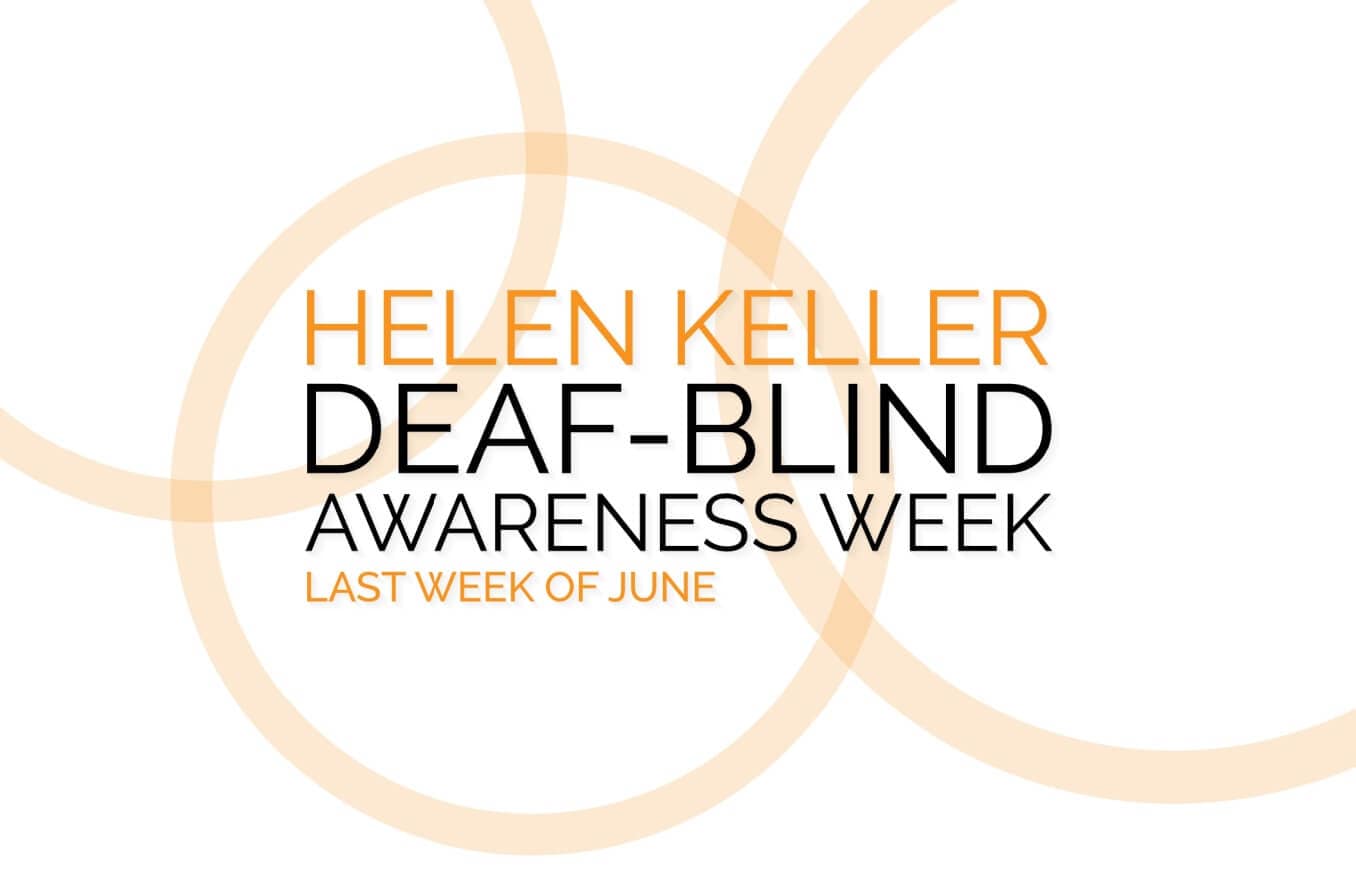
Find out what resources are available and how to advocate for those who need support.

Learn how to best protect your eyes during sports and other activities.

Discover how responsible eyewear supports the environment. Learn about frames made with bio-based materials, plus ways you can reduce waste and recycle.
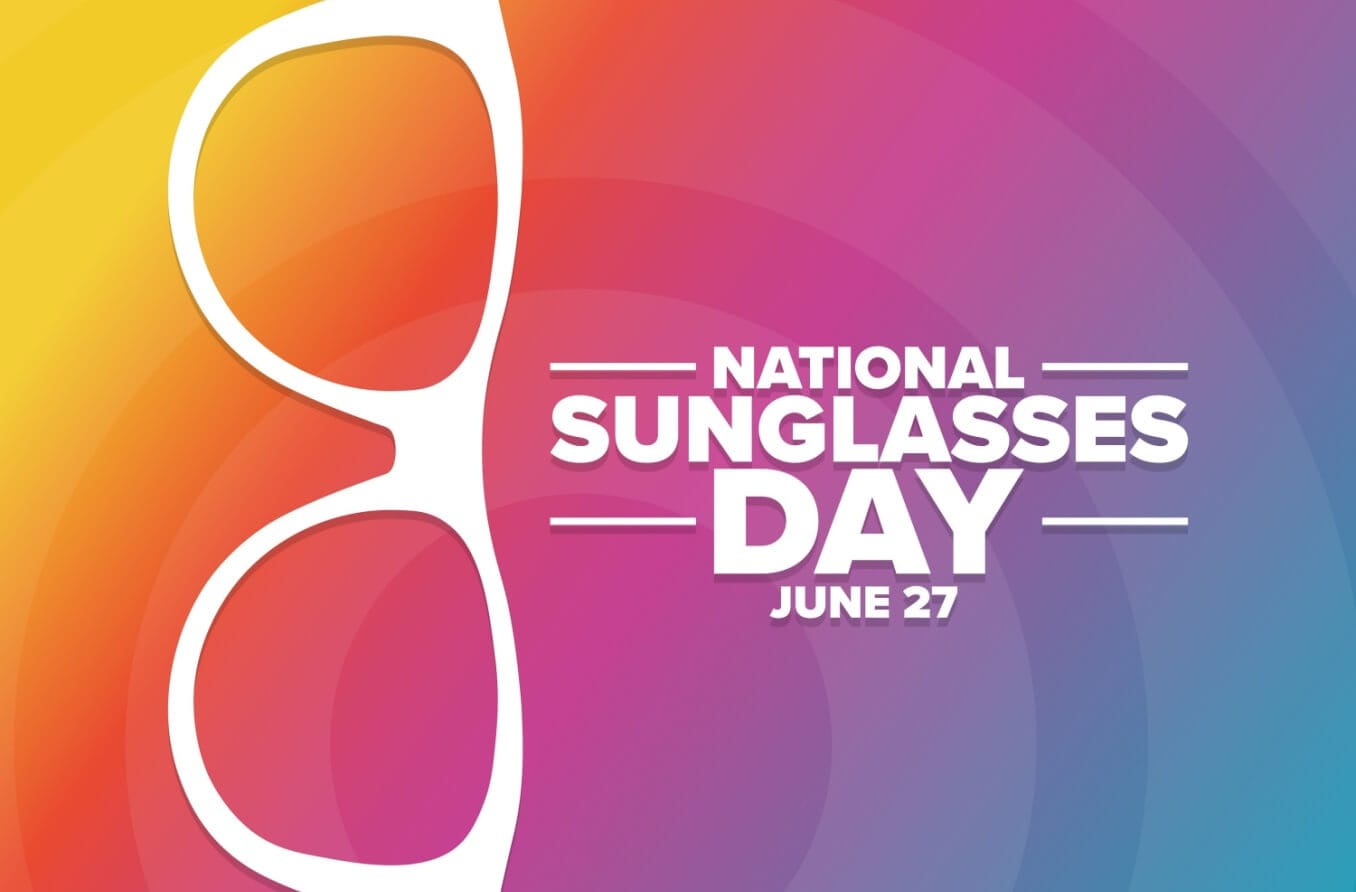
For National Sunglasses Day, protect your eyes from UV rays and showcase your style.

Find information on important dates for vision and eye care, including Glaucoma Awareness Month, World Sight Day and more.
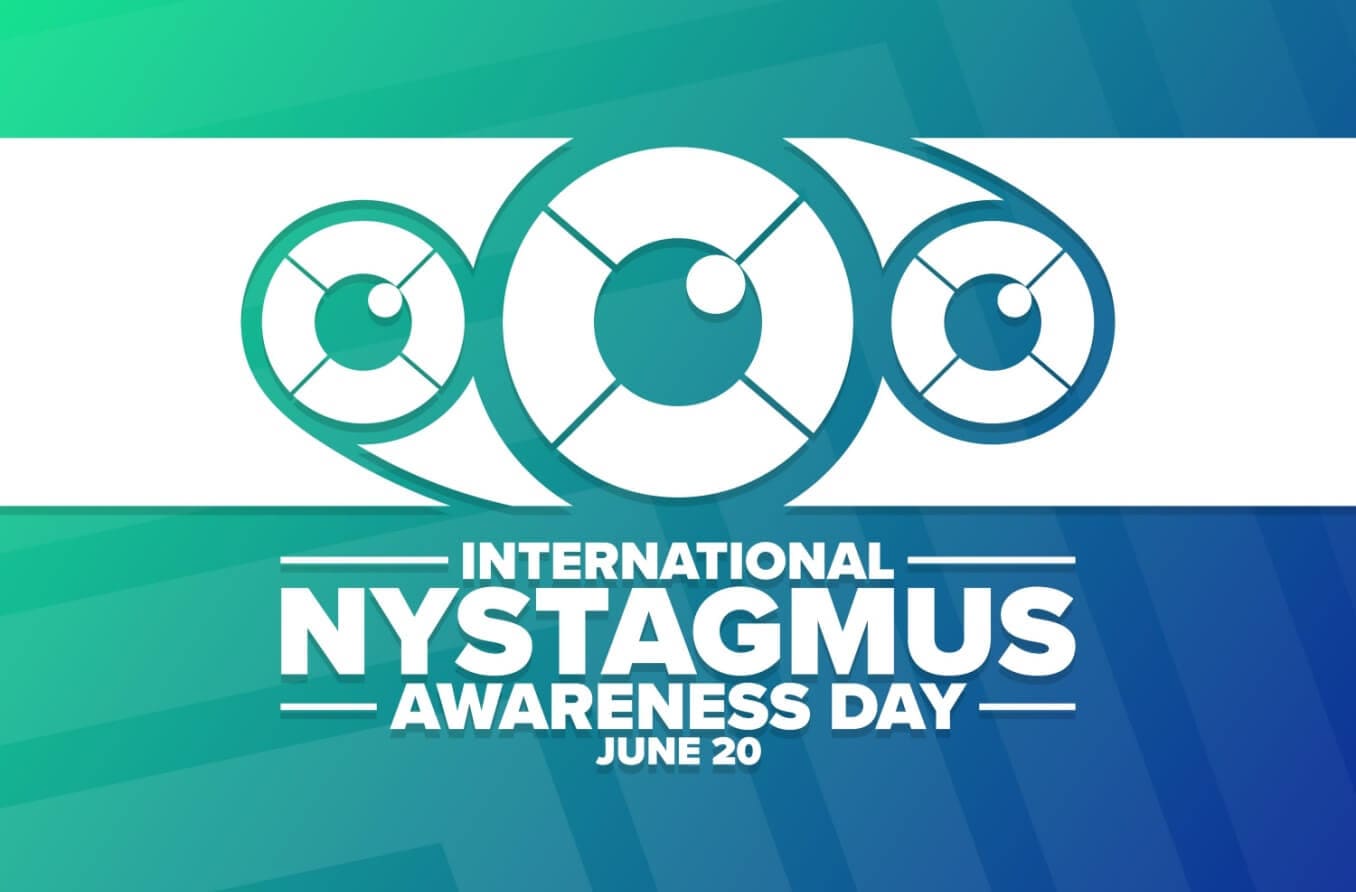
Discover nystagmus — how common it is, how it affects vision and how it's treated.

Glaucoma can cause serious vision problems before you even know you have it. Read about how Glaucoma Awareness Month aims to change that.

Show off your favorite specs or sunnies and celebrate the gift of vision correction on June 6.
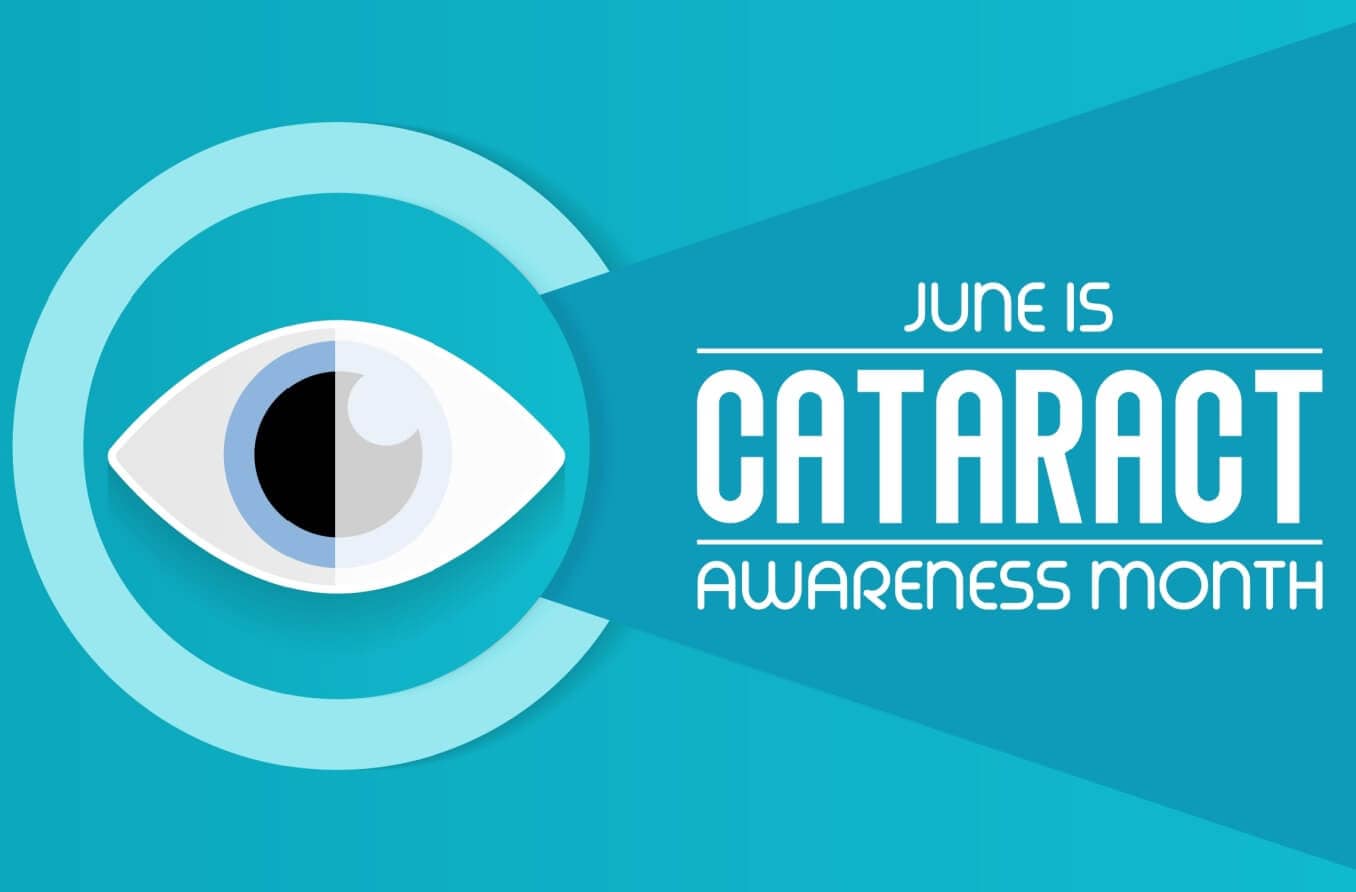
Learn how and why cataracts develop, risk factors, and treatment and prevention strategies.
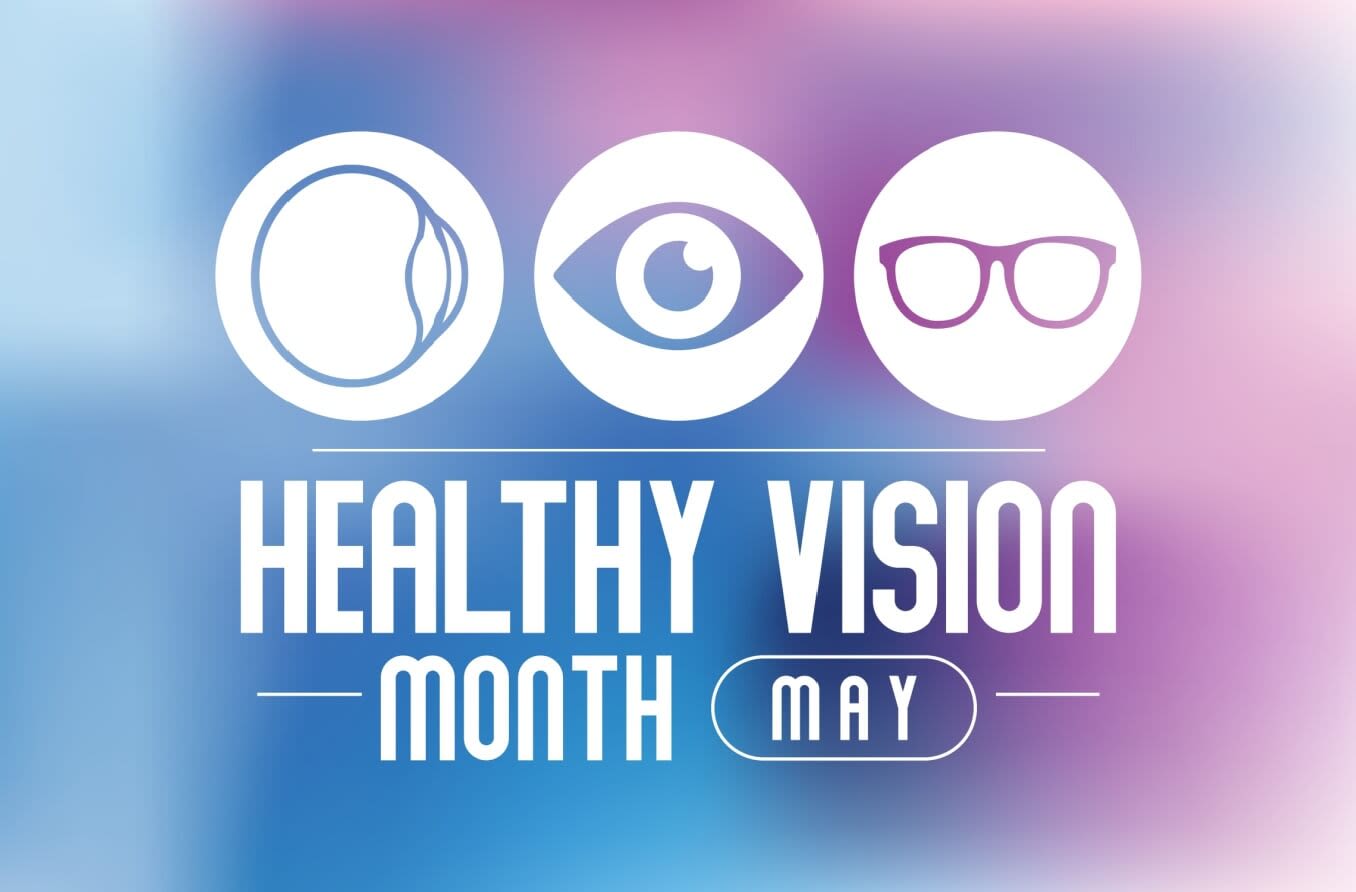
Get tips and tricks for keeping your vision clear and your eyes healthy.
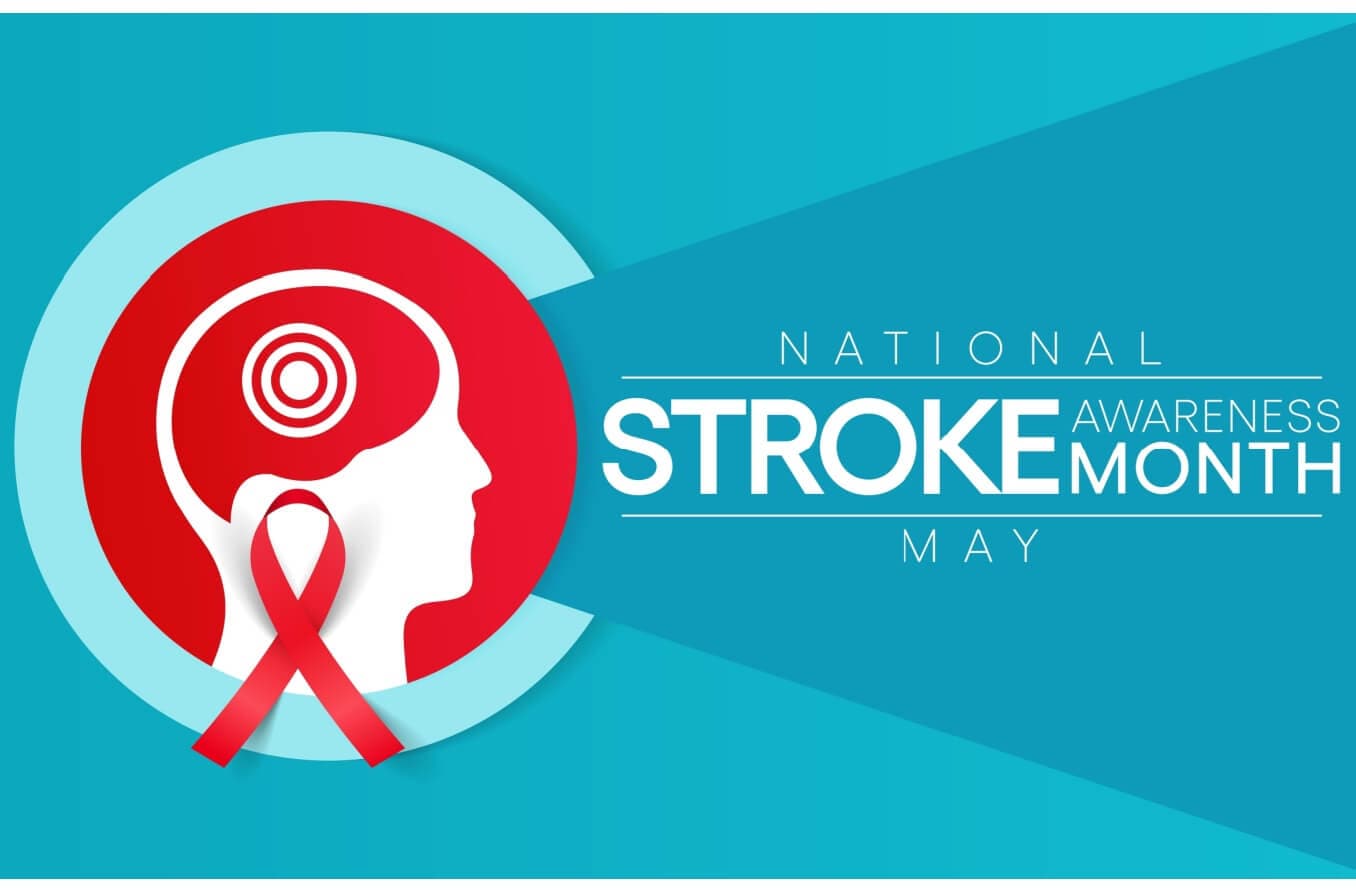
Observe Stroke Awareness Month by learning what signs to look for and ways to lower your risk.

Learn about ocular melanoma, its causes, treatment and prevention methods.
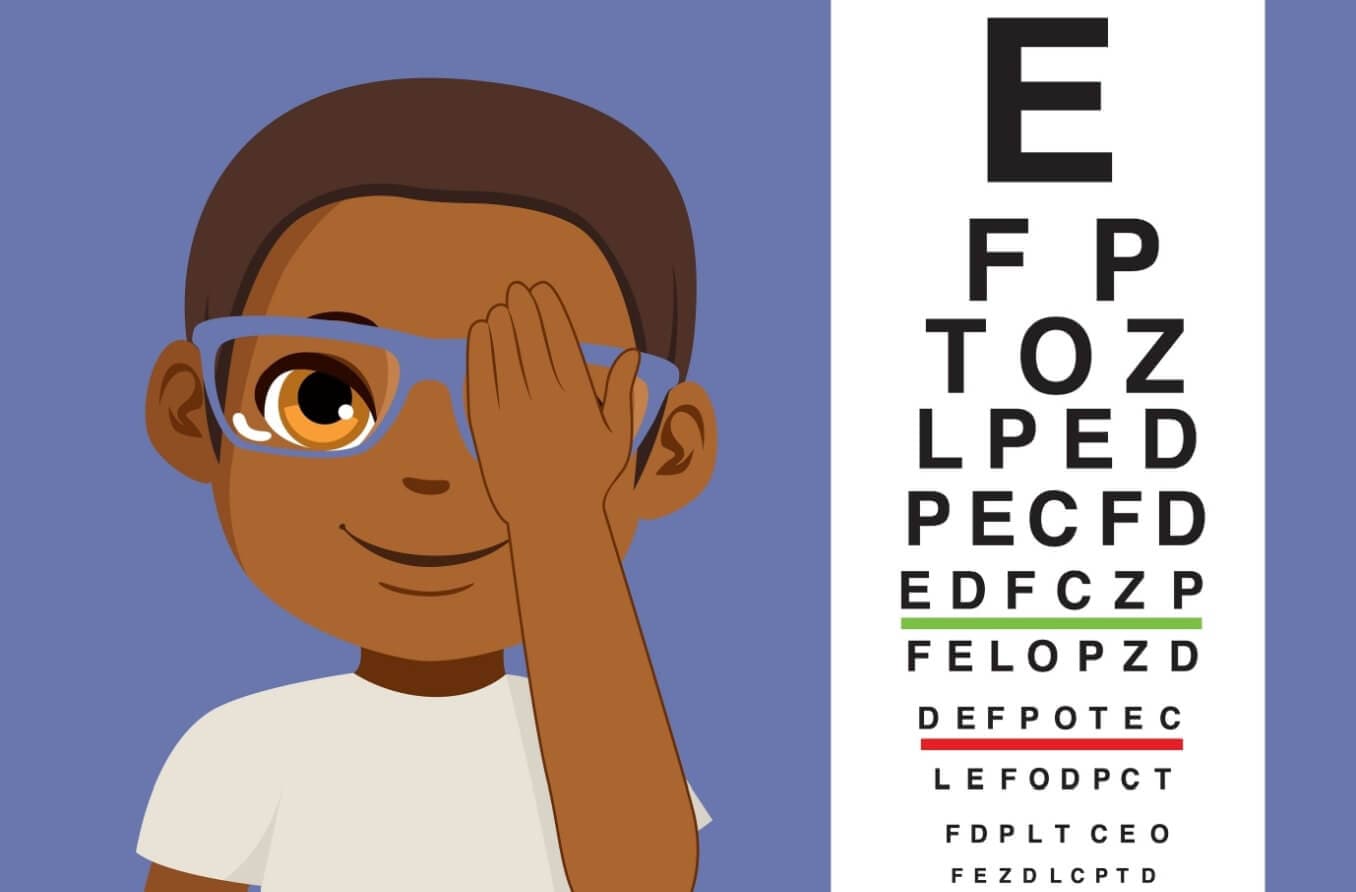
Find out how to protect your child's vision against myopia (nearsightedness).

See the world more clearly with OneSight EssilorLuxottica Foundation. Learn how to get involved and help those in need of access to vision care today.

Learn about eco-friendly eye care, including what it is, its impact on the environment and how you can incorporate sustainability into your eye health.
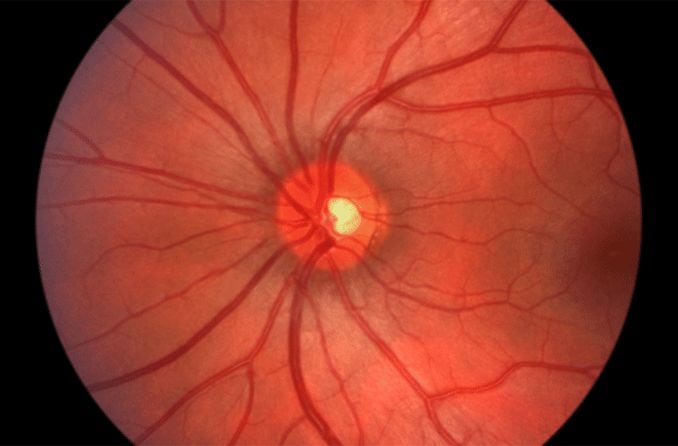
The latest, most interesting news about the eyes, eye care, eye problems and diseases and vision research.
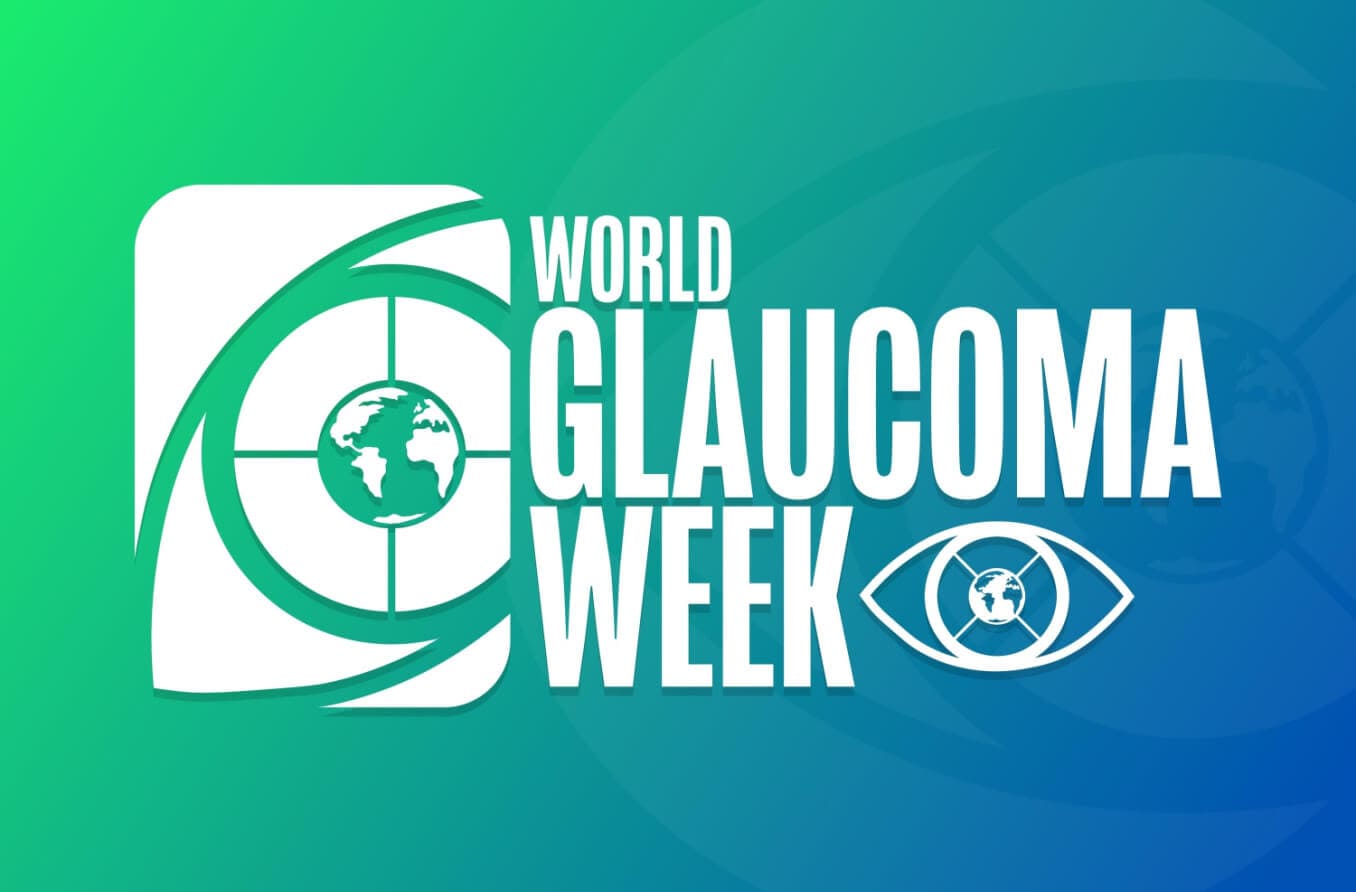
World Glaucoma Week is March 9-15. Find out how it affects your vision and ways to lower your risk.
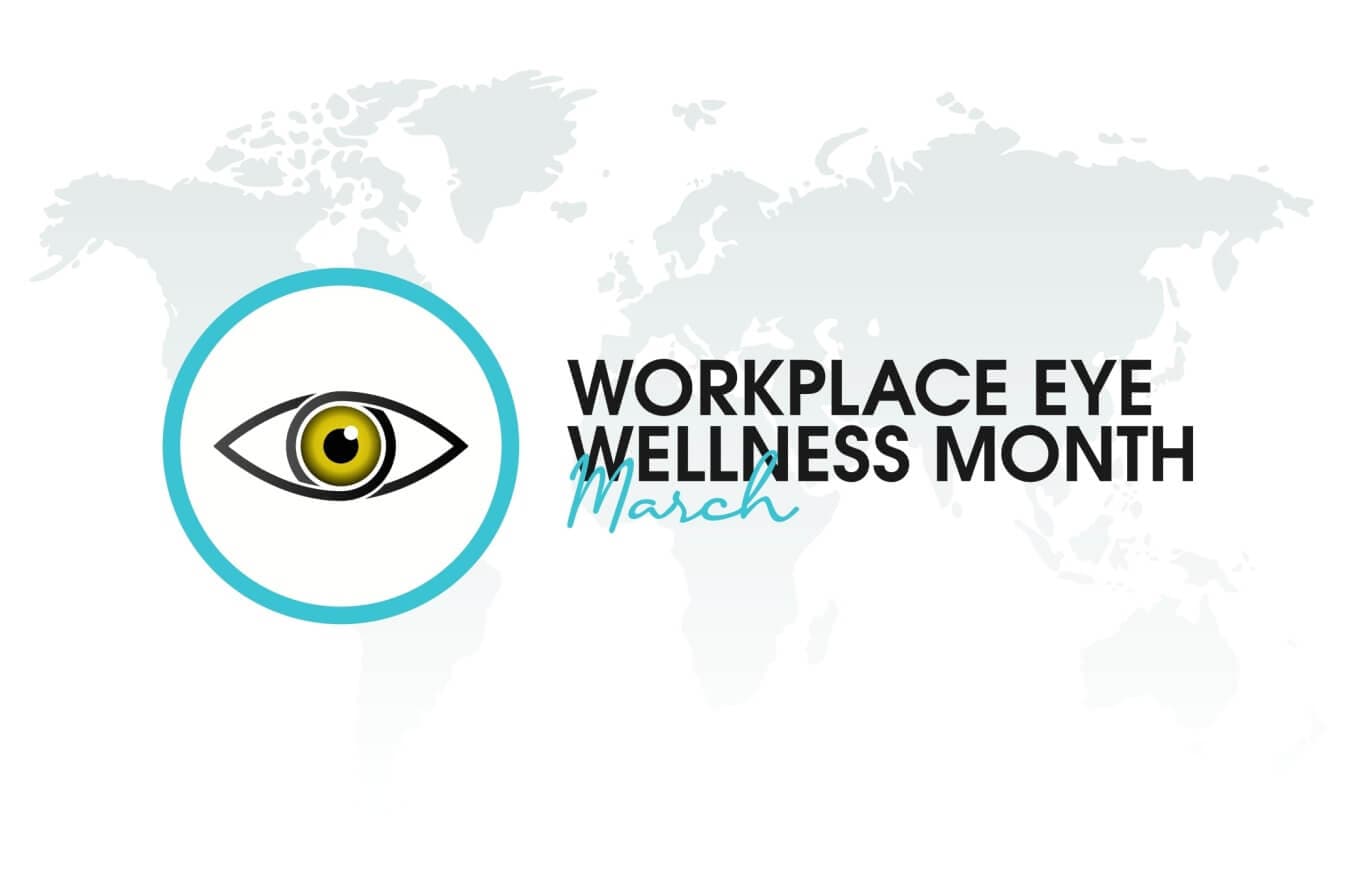
Discover ways to boost visual clarity while you work to ensure maximum productivity.
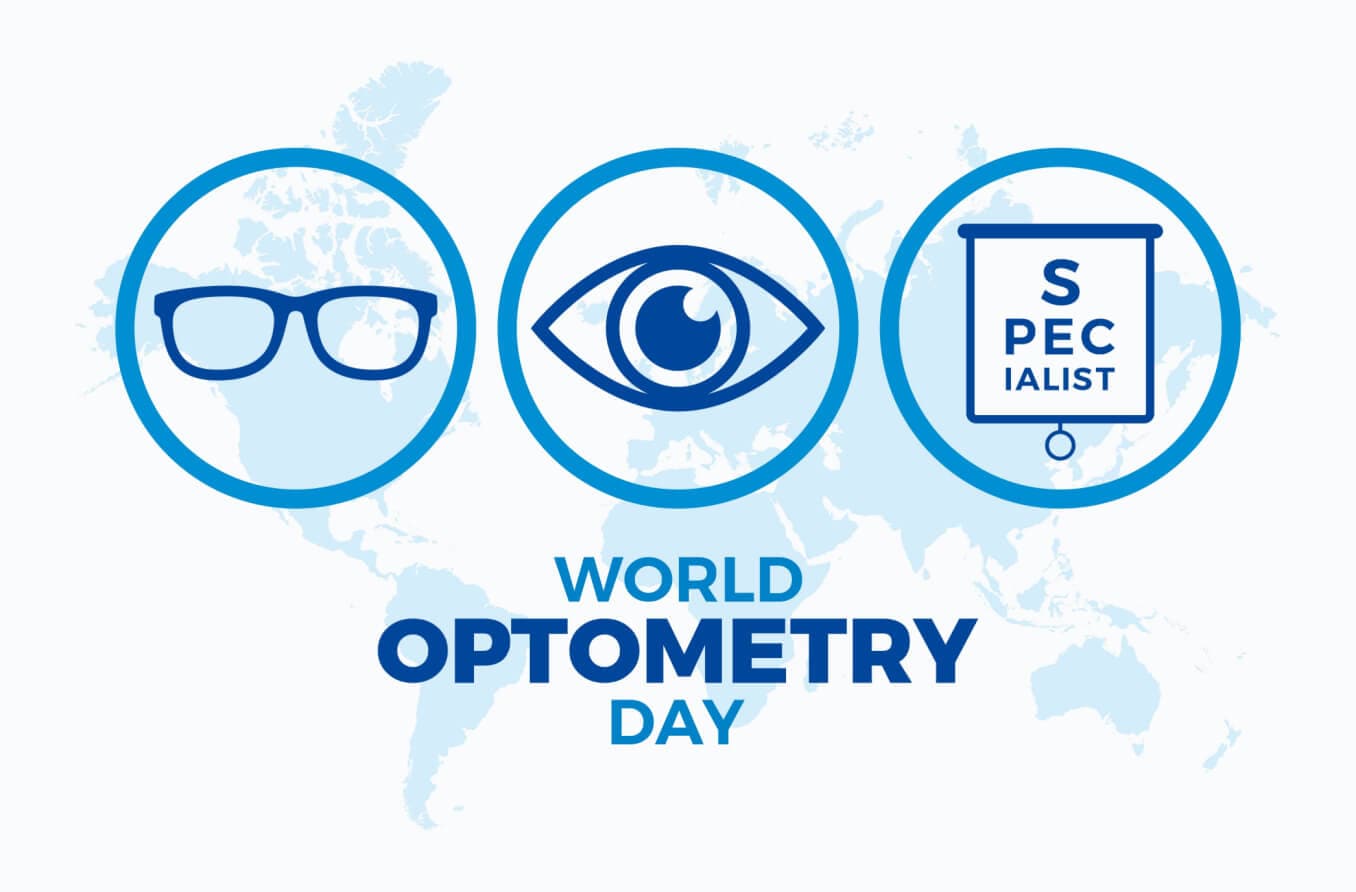
Learn about the profession of optometry and its importance for correcting vision problems.
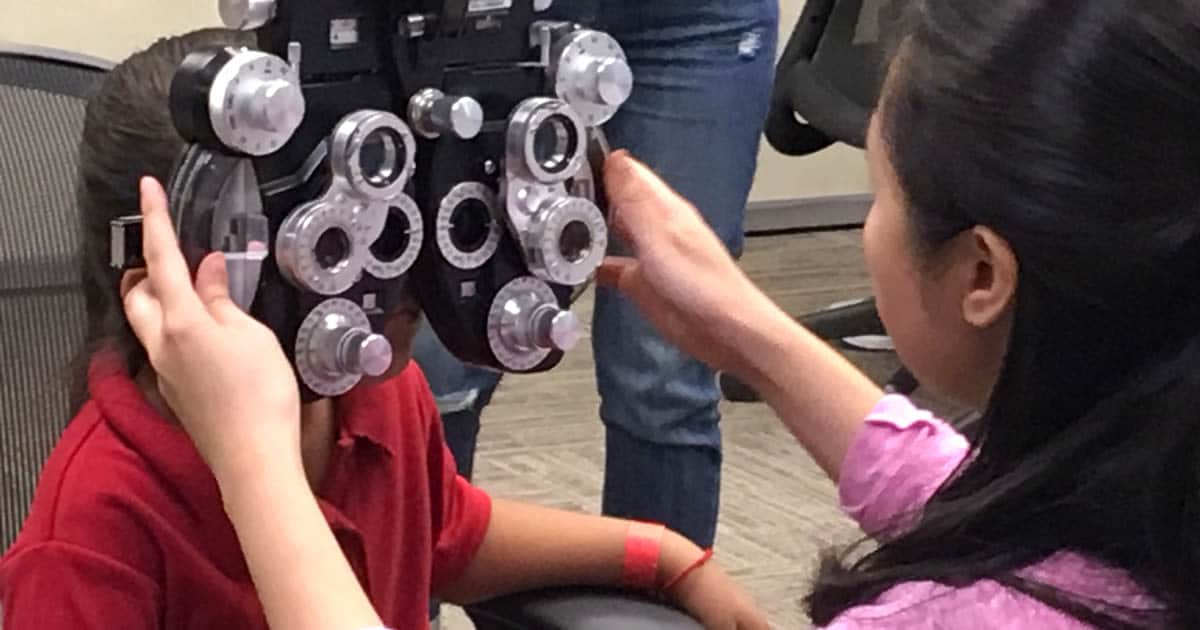
World Sight Day is a great time to make a difference in people's lives by improving their vision. Learn how you can help.
All About Vision and AllAboutVision.com are registered trademarks of AAV Media, LLC. © 2000-2025 AAV Media, LLC. The content on this site is for informational purposes only. All About Vision does not provide medical advice, diagnosis or treatment. Contact an eye doctor if you need medical attention.